Outrigger PaddlingPaddling technique is not so much a matter of definitives but rather a series of theories and opinions. However over recent years where paddle-sports have taken on a higher professional profile so too has there been a deeper study into the mechanics of efficient paddling techniques related to any given paddle craft. Jason Somerville-Kimlin of Mooloolaba Outrigger Canoe Club, formerly of Outrigger Australia and one of Australia's most respected and experienced outrigger paddlers, outlines what is currently being promoted as the most efficient use of both body and blade.
AN EFFICIENT TECHNIQUE IS THE KEY TO ENJOYABLE AND FAST OUTRIGGER CANOEING. In any endurance sport efficiency is the key to getting the best results with the least amount of effort and of all canoeing, outrigger and marathon racing puts the highest premium on efficiency. Observing a canoe race, you'll notice the leaders go by looking relaxed and going fast. Sometimes they don't appear to be working very hard. Then the rest of the teams follow, each one going slower but appearing to be working much harder than the leaders. What's going on here? Do the leaders have a much faster canoe? The fact is, they are simply much more efficient in their technique than the teams which they are beating. Outrigger canoe racing is an endurance sport. The leaders of a cross-country ski race or a runner in a marathon or triathlon appear to be gliding along with minimal effort. Their motions are just enough to get the job done without wasting precious energy. Hence the rule in endurance sports: WORKING HARD DOES NOT ENSURE THAT YOU ARE GOING TO GO FAST! You can take your paddle and attack the water with it, straining every muscle in your body, throwing up big rooster-tails behind you, or you can slice your blade into the water, anchoring it solidly and using your entire torso, pulling it smoothly and evenly with much better results. Not only is good technique energy-saving and fast, it is easy to learn because it is so simple. Part of the learning process requires that you have a clear picture in your mind of how a paddler moves the canoe through the water. THE CANOE IS BEING PULLED FORWARD THROUGH THE WATER UP TO THE PADDLE, WHICH ACTS AS AN ANCHOR IN-THE WATER (AKIN TO A MOUNTAINEER CLIMBING UPWARD WITH THEIR ICE AXE). THE CANOE IS BEING PULLED FORWARD NOT PUSHED. Reach forward as far as you can without bending or hinging at the waist, at the beginning of the stroke. Remember this principle and you overcome one of the major technical problems most canoeists have, that is, trying to move the canoe forward by pushing through entering the paddle too far back and continuing the stroke too far behind. TO PULL RATHER THAN PUSH THE CANOE THROUGH THE WATER, REACH FORWARD AS FAR AS YOU CAN (WITHOUT BENDING OR HINGING AT THE WAIST) AT THE BEGINNING OF THE STROKE AND END THE STROKE JUST BEFORE YOUR LOWER HAND REACHES YOUR HIP. Use your body in the stroke. Most paddlers are all arms, attempting to generate all the power with the relatively small bicep and tricep muscles of the arms rather than using, in combination, the muscles of the torso which are far larger and more capable. By keeping the stroke in front of you, you will be leaning slightly forward and you using the stomach and back muscles by rotating on (around) your spine. Dropping your lower shoulder and rotating, you will be able to extend and pull on that arm using the latissimus dorsi muscle of your back. Using the larger, stronger muscles of the torso is one of the secrets behind the leaders looking less wiped out at the finish line than the stragglers. Entering the blade rather than attacking, or stabbing at the water place the blade cleanly in the water. Do not start the stroke until the blade is in the water (this will cause cavitation and you will not get full power from your stroke). A clean, silent entry is the beginning of a good stroke. Note too, that your lower arm should be fully extended and straight. Pull the canoe up to the blade and firmly anchor the blade in deeply before making the pull; pull down and across with your top hand and down and back with your lower hand, keeping your elbows locked. If you have sliced the blade in cleanly and buried the whole blade in the water you will have a solid anchor from which you can pull the canoe. You have now come to the main part of the stroke where your objective is to lever yourself and the canoe forward to the anchor point of the paddle. Your lower body should be firmly positioned in the canoe to fully transfer energy from the paddle to the canoe. Likewise, you do not want any extra movement in your arms that would absorb or deflect energy from moving the canoe forward. This involves keeping your arms in the entry position, swinging down and through from your shoulders. Try to push down and across with your top hand and pull down and back on your lower hand, smoothly and equally. Watch your hands and make sure that they move through the stroke at the same rate, neither faster than the other. End the stroke just before your lower hand reaches your hip.
Helpful Hints
Try the techniques shown with locked elbows, this will force you to sit up and rotate.
Add the minimum bend necessary to your arms for comfort.
Try to keep a flat back and keep your chin up, this will afford the maximum oxygen and will help keep your shoulder and neck muscles relaxed.
Don't forget to get drive from your leading leg.
Keep your face muscles relaxed and remember to breath!
Keep your concentration in the canoe and remember that is it the thoughtful application of power that makes each and every stroke count.
Cardiovascular Exercise and Fitness Paddling In any endurance sport efficiency is the key to getting the best results with the least amount of effort and of all canoeing, outrigger and marathon racing puts the highest premium on efficiency. Observing a canoe race, you'll notice the leaders go by looking relaxed and going fast. Sometimes they don't appear to be working very hard. Then the rest of the teams follow, each one going slower but appearing to be working much harder than the leaders. What's going on here? Do the leaders have a much faster canoe? The fact is, they are simply much more efficient in their technique than the teams which they are beating. Outrigger canoe racing is an endurance sport. The leaders of a cross-country ski race or a runner in a marathon or triathlon appear to be gliding along with minimal effort. Their motions are just enough to get the job done without wasting precious energy. Hence the rule in endurance sports: WORKING HARD DOES NOT ENSURE THAT YOU ARE GOING TO GO FAST! You can take your paddle and attack the water with it, straining every muscle in your body, throwing up big rooster-tails behind you, or you can slice your blade into the water, anchoring it solidly and using your entire torso, pulling it smoothly and evenly with much better results. Not only is good technique energy-saving and fast, it is easy to learn because it is so simple. Part of the learning process requires that you have a clear picture in your mind of how a paddler moves the canoe through the water. THE CANOE IS BEING PULLED FORWARD THROUGH THE WATER UP TO THE PADDLE, WHICH ACTS AS AN ANCHOR IN-THE WATER (AKIN TO A MOUNTAINEER CLIMBING UPWARD WITH THEIR ICE AXE). THE CANOE IS BEING PULLED FORWARD NOT PUSHED. Reach forward as far as you can without bending or hinging at the waist, at the beginning of the stroke. Remember this principle and you overcome one of the major technical problems most canoeists have, that is, trying to move the canoe forward by pushing through entering the paddle too far back and continuing the stroke too far behind. TO PULL RATHER THAN PUSH THE CANOE THROUGH THE WATER, REACH FORWARD AS FAR AS YOU CAN (WITHOUT BENDING OR HINGING AT THE WAIST) AT THE BEGINNING OF THE STROKE AND END THE STROKE JUST BEFORE YOUR LOWER HAND REACHES YOUR HIP. Use your body in the stroke. Most paddlers are all arms, attempting to generate all the power with the relatively small bicep and tricep muscles of the arms rather than using, in combination, the muscles of the torso which are far larger and more capable. By keeping the stroke in front of you, you will be leaning slightly forward and you using the stomach and back muscles by rotating on (around) your spine. Dropping your lower shoulder and rotating, you will be able to extend and pull on that arm using the latissimus dorsi muscle of your back. Using the larger, stronger muscles of the torso is one of the secrets behind the leaders looking less wiped out at the finish line than the stragglers. Entering the blade rather than attacking, or stabbing at the water place the blade cleanly in the water. Do not start the stroke until the blade is in the water (this will cause cavitation and you will not get full power from your stroke). A clean, silent entry is the beginning of a good stroke. Note too, that your lower arm should be fully extended and straight. Pull the canoe up to the blade and firmly anchor the blade in deeply before making the pull; pull down and across with your top hand and down and back with your lower hand, keeping your elbows locked. If you have sliced the blade in cleanly and buried the whole blade in the water you will have a solid anchor from which you can pull the canoe. You have now come to the main part of the stroke where your objective is to lever yourself and the canoe forward to the anchor point of the paddle. Your lower body should be firmly positioned in the canoe to fully transfer energy from the paddle to the canoe. Likewise, you do not want any extra movement in your arms that would absorb or deflect energy from moving the canoe forward. This involves keeping your arms in the entry position, swinging down and through from your shoulders. Try to push down and across with your top hand and pull down and back on your lower hand, smoothly and equally. Watch your hands and make sure that they move through the stroke at the same rate, neither faster than the other. End the stroke just before your lower hand reaches your hip.
Everyone knows that exercising is one of most powerful things you can do to improve your health. Regular cardiovascular exercise makes your heart stronger and more efficient, burns calories, lowers your blood pressure and helps keep you mentally sharp. However, it is important to exercise properly to get optimum results and help you achieve your goals. With today's busy schedules, no one has time to waste on ineffective or inefficient exercise. Performing cardiovascular work at the correct level of intensity is essential. Exercise too hard and you risk injury and exhaustion or you may burn out and stop exercising altogether. On the other hand, if you don't work out hard enough, you may not get the results you want. The best way to measure intensity is to watch your heart rate as you exercise. According to the American College of Sports Medicine, your predicted maximum heart rate can be estimated by subtracting your age from 220. This is the maximum number of times your heart can beat in a minute. Then multiply that number by .55 and by .9 to find the range that is your heart rate training zone. For example, if you are 35 years old, you have a predicted maximum heart rate of 185 beats per minute (220-35 = 185). Your lower limit is 102 beats per minute (.55 x 185), and your upper limit in the zone is 166 (.9 x 185). Working in the appropriate training zone makes it easier to exercise for a sufficient period of time and to continue with an effective exercise program for weight loss or cardiovascular fitness," said James Skinner, Ph.D., Indiana University, and a member of the Life Fitness Academy Scientific and Medical Advisory Board. If you have a very low level of fitness or haven't exercised in a long time, 55 percent may be an effective place to begin your workouts, but a more conditioned person should work closer to 70 to 85 percent of his/her maximum heart rate. Depending on individual goals, most people who typically follow a regular exercise program should sustain at least 70 to 80 percent of their maximum heart rate for 20 to 60 minutes. There are several ways to monitor your heart rate, including manually checking your pulse, and through using a variety of equipment, such as a heart rate monitor or hand sensors on fitness equipment. Checking your pulse can be done by using the first two fingers of one hand to apply light pressure at the carotid artery on the neck or the radial artery in the wrist. Count the beats for 10 seconds and multiply by six to get your heart rate for one minute. Heart rate monitors, such as those available from leading manufacturer Polar®, include a chest strap and a wristwatch type receiver. The strap picks up your heart rate and the receiver displays the result, making it an accurate and convenient way to measure your heart rate. Finally, leading equipment manufacturers such as Life Fitness typically offer features on their equipment that measure your heart rate as well. Some allow you to wear your heart rate monitoring strap and the machine's console will display your heart rate (just like your wrist receiver would). Also, some equipment offers hand sensors that you can grip and the machine will measure your heart rate and transmit the reading to the console. Once your heart rate is determined, usually it is up to you to adjust your workout to keep your heart rate in your target zone. If your heart rate is too low, you may need to jog or pedal faster, for instance. If it is too high, you may want to slow down a bit. Some equipment, however, makes adjustments for you. For example, many machines from Life Fitness, including treadmills, elliptical cross-trainers, stairclimbers and Lifecycle upright and recumbent exercise bikes offer workouts that measure your heart rate and automatically adjust the level of resistance to keep your heart rate at the chosen level. Because the machine does the work here, this lets you just get on and go, without constantly having to monitor your heart rate. A heart that pumps more blood with each contraction is working efficiently, so it will not have to contract as often. This increased efficiency results in a lower resting heart rate, and a greater work capacity - which are signs of enhanced fitness. "Cardiovascular exercise is an important part of any consistent exercise routine if you want to improve your overall health, fitness and longevity," says Paul Thompson, M.D., director of the Preventive Cardiology Program at Hartford Hospital, Hartford, Conn. "Building a stronger heart is the best life insurance there is." When beginning any exercise program, it is important to first consult your physician. For assistance in developing a program that will help you exercise safely and ultimately achieve your fitness goals. Also check with your local fitness facilities for personal trainers who can help create a program for you and at your health club or when purchasing equipment for your home, look for cardiovascular equipment that monitors your heart rate and automatically adjusts resistance to keep you where you need to be. Source: Life Fitness Article Database




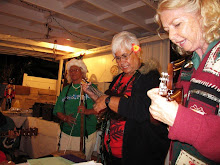



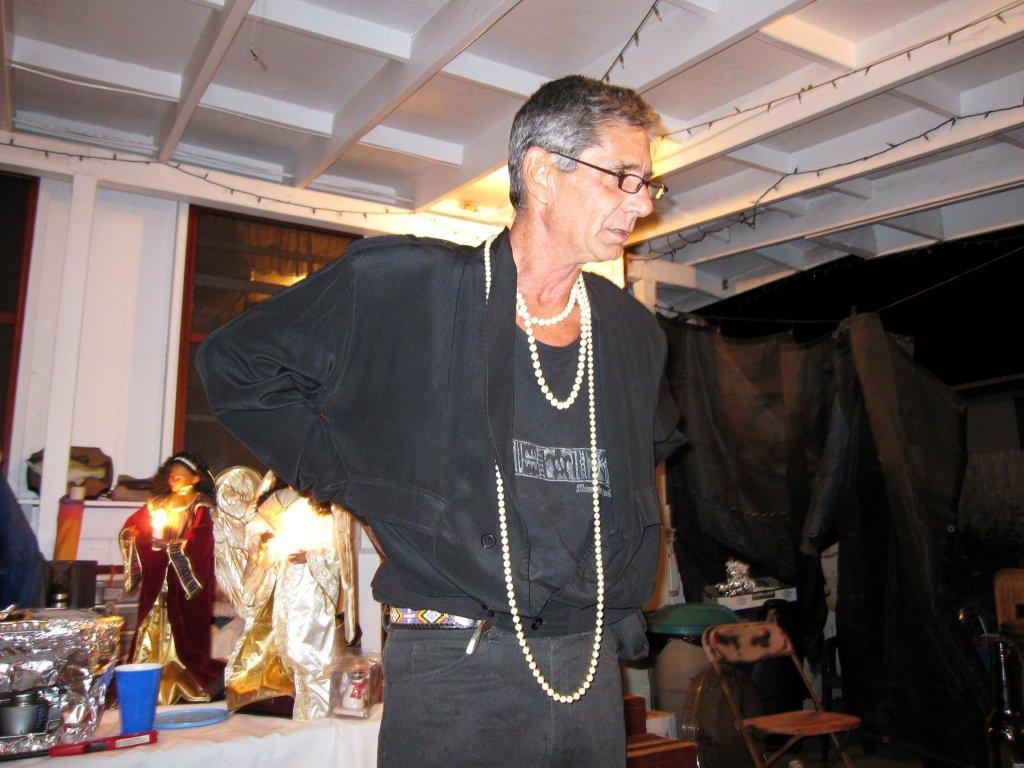
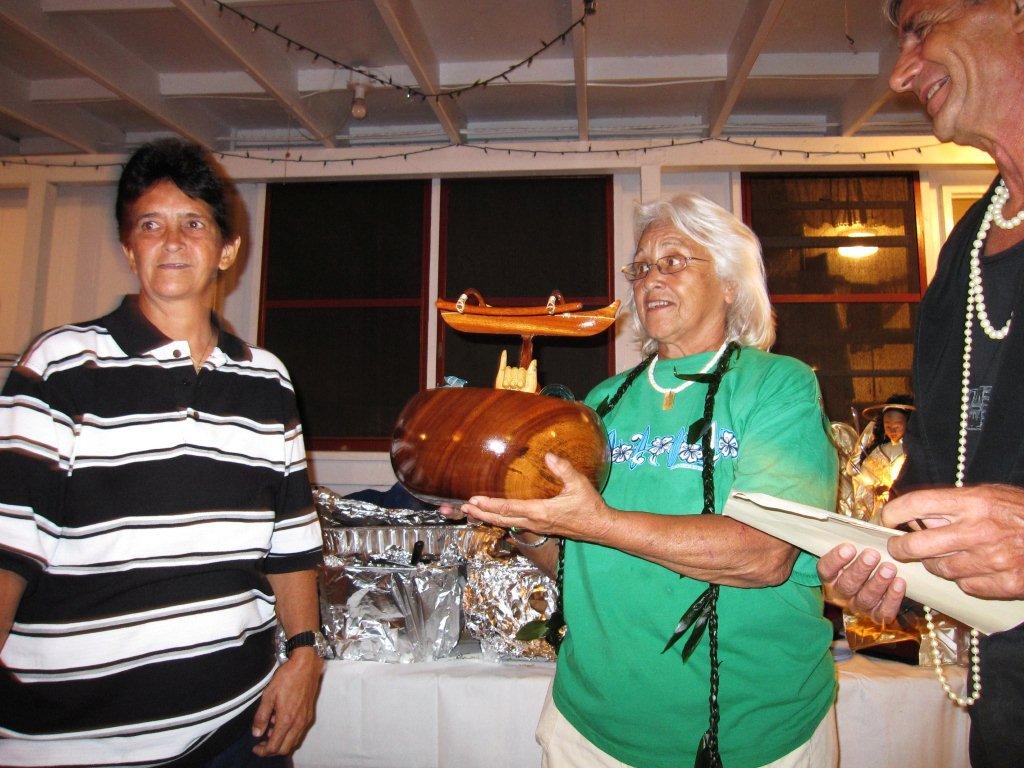






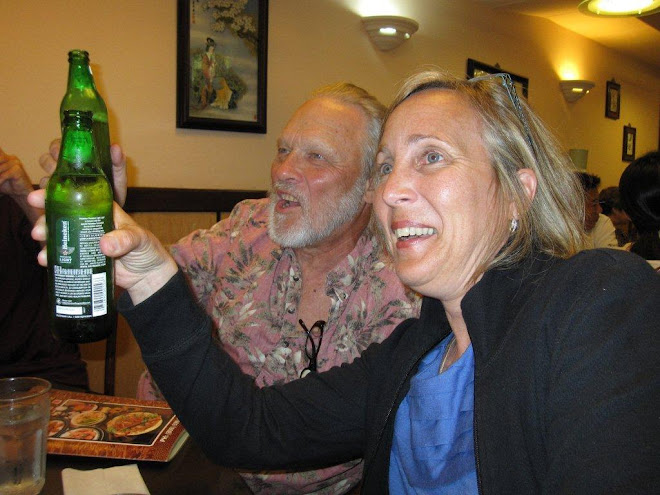
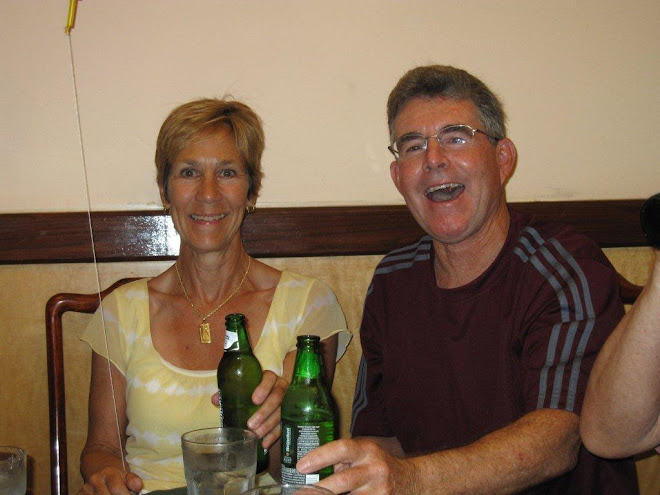
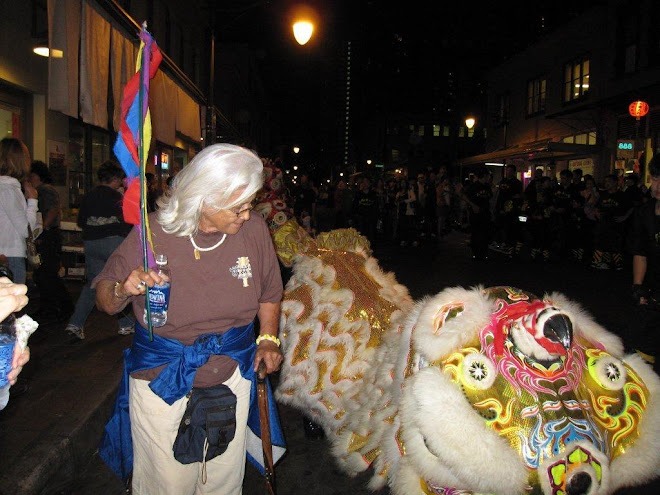
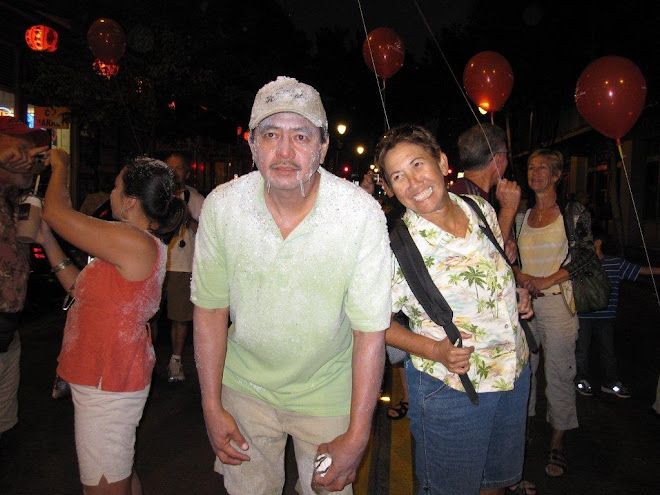
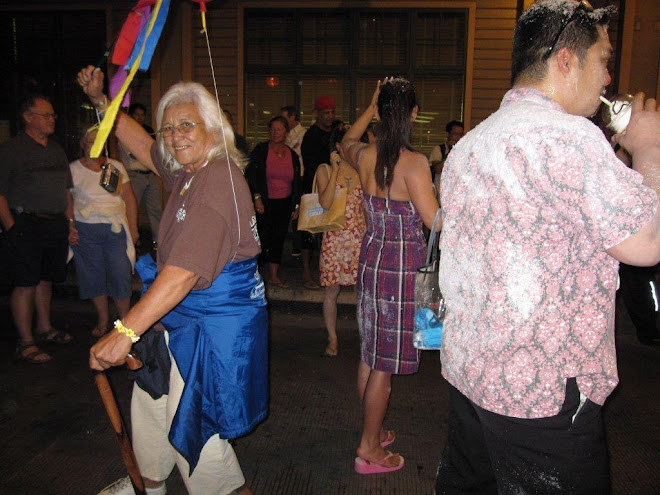
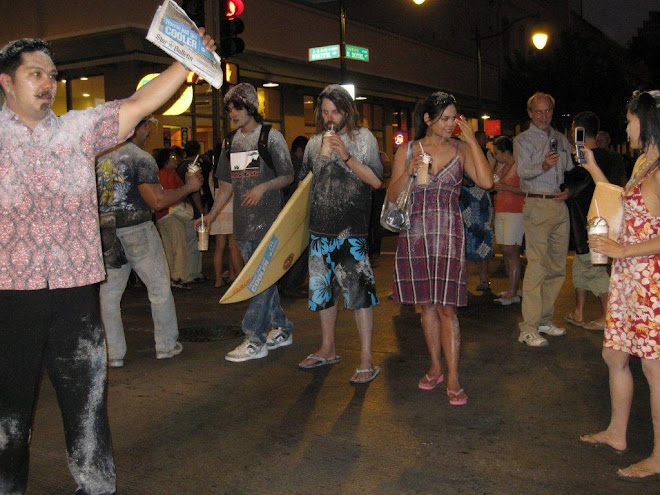
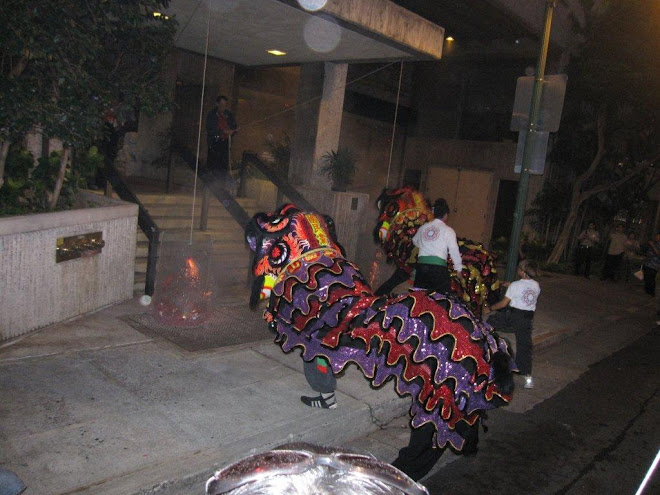
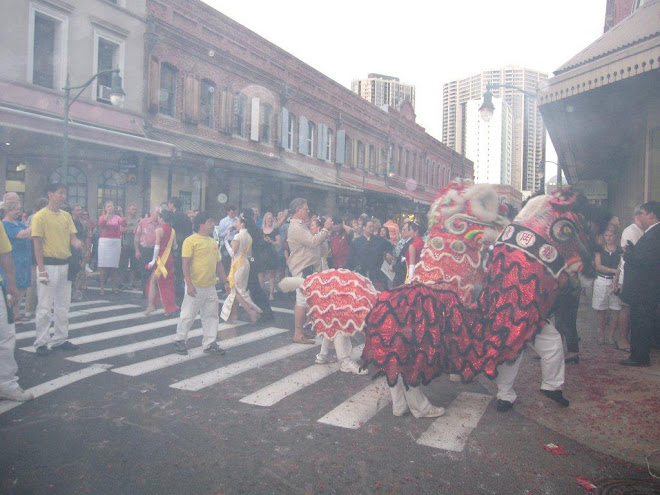
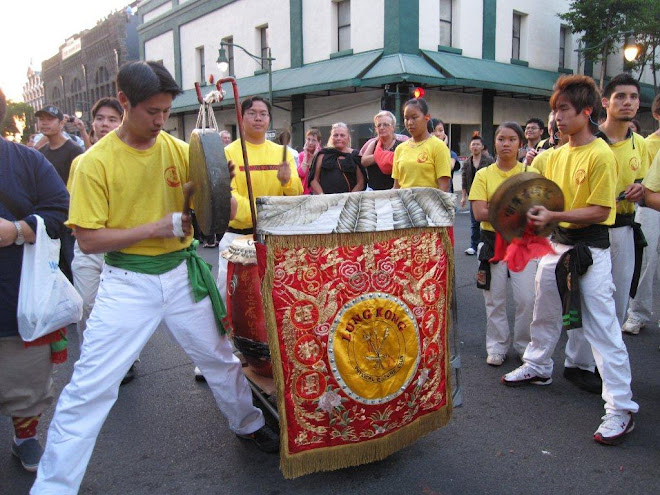

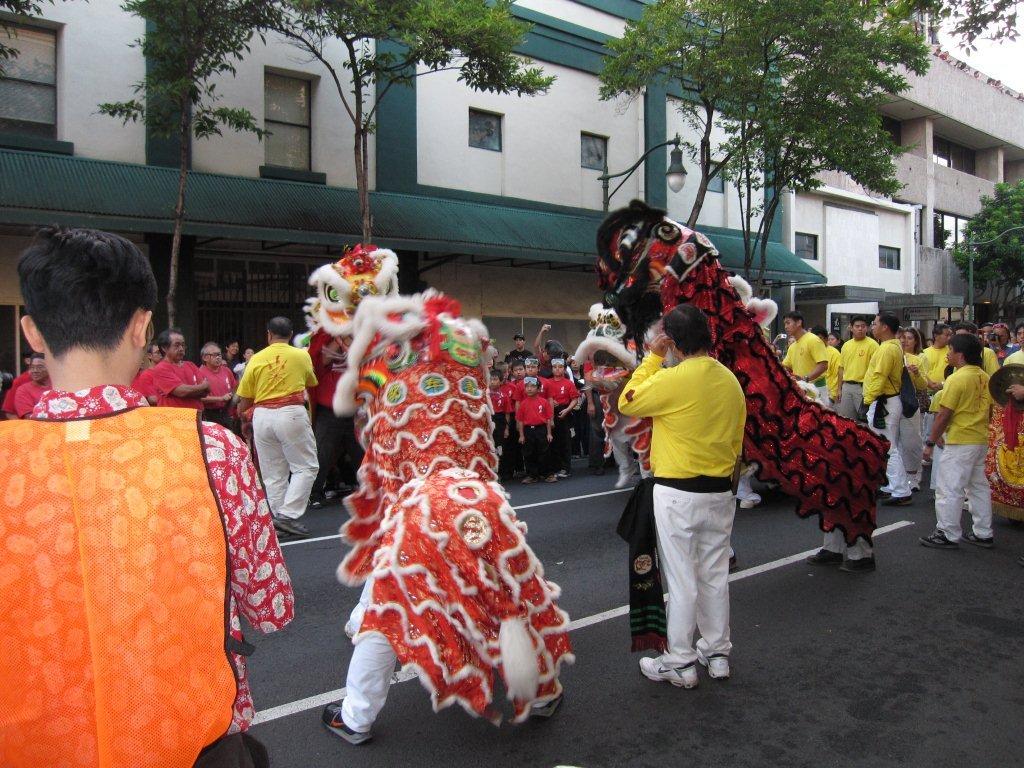



.jpg)
.jpg)
.jpg)
.jpg)
.jpg)


No comments:
Post a Comment